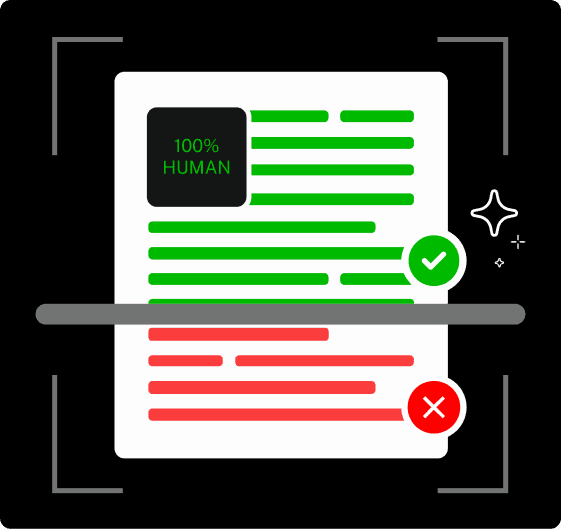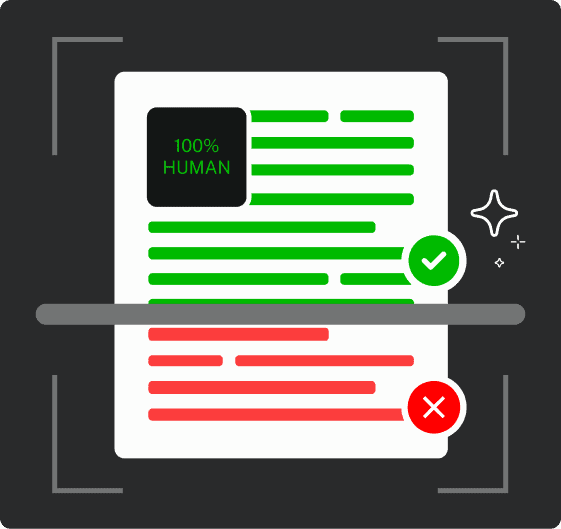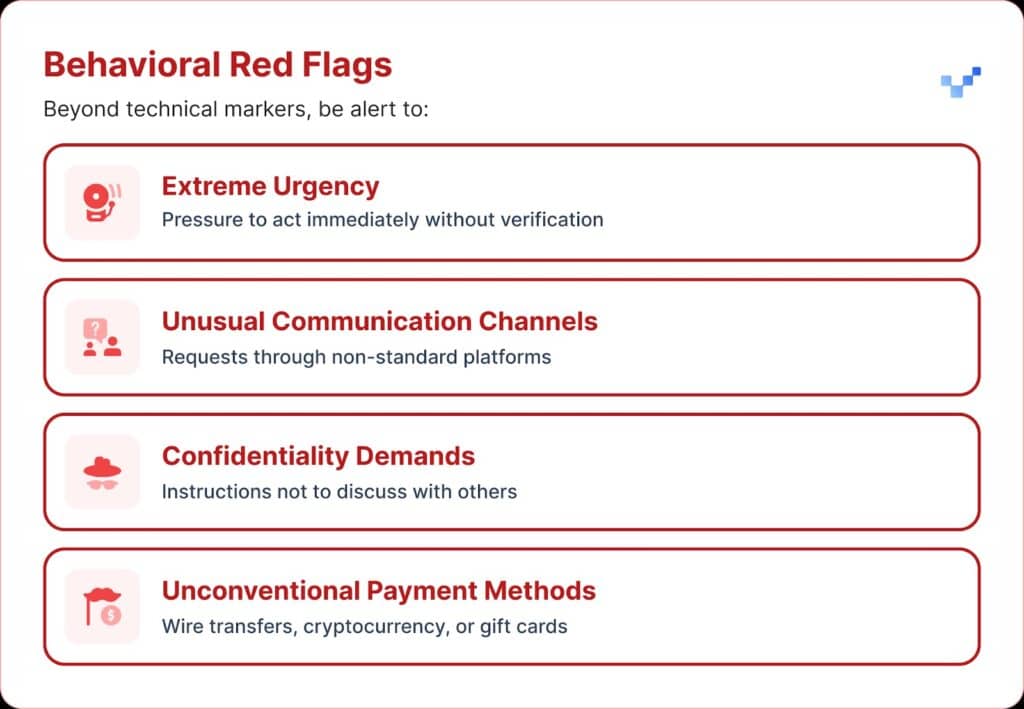A comprehensive guide to understanding, detecting, and preventing AI voice fraud in the enterprise
The $25 Million Voice Call That Never Happened
In February 2024, a finance worker at a multinational company in Hong Kong received a video call from her CFO.
The voice on the other end was unmistakable; every inflection, every pause, and even the slight accent were instantly recognized.
He urgently requested her to process 15 wire transfers, totaling $25 million, to finalize a confidential acquisition.


Never Worry About AI Fraud Again. TruthScan Can Help You:
- Detect AI generated images, text, voice, and video.
- Avoid major AI driven fraud.
- Protect your most sensitive enterprise assets.
The CFO never made that call. It was completely AI-generated.
This wasn’t an isolated case. Financial institutions are seeing a steep rise in deepfake fraud.
Over the past three years, cases have jumped by 2,137%, and AI now drives 42.5% of all fraud attempts in the sector.
Even with the surge in AI voice fraud, more than half of business leaders admit that their employees haven’t been trained to spot or respond to deepfake attacks; nearly 80% of companies have no formal protocols in place to handle these incidents.
How AI Voice Cloning Works and Why It’s a Threat
Modern AI voice synthesis needs surprisingly little data. Just a few seconds of audio can clone a voice with up to 85% accuracy.
The process comes down to three main steps:
- Data Collection: Scammers gather voice samples from public sources such as conference calls, podcast interviews, social media clips, or even LinkedIn video posts.
- Model Training: AI analyzes vocal traits such as pitch, tone, accent, pace, and breathing patterns.
- Generation: The system creates synthetic speech convincing enough to fool even close colleagues.
The Accessibility Problem
What makes this threat even more dangerous is its democratization. Scammers no longer need Hollywood-level resources.
All that is required is an accessible software to clone a voice from a short social media clip; open-source tools and cloud-based AI services have made voice cloning available to anyone with basic technical skills.
Why Executives Are Top Targets for Fraud
Executives face a dangerous mix of risk factors.
Their public exposure through social media makes voice samples easy to find, and their authority often drives employees to act quickly on urgent requests.
On average, one in four executives has a limited understanding of deepfake technology.
Current Statistics Paint a Concerning Picture
In a 2024 Deloitte survey, 25.9% of executives said their organizations had faced at least one deepfake incident targeting financial or accounting data in the past year, and half of all respondents believed such attacks would grow over the next 12 months.
Most concerning: only 52% of organizations feel confident they could spot a deepfake of their CEO.
How to Spot AI Voice Scams
When you receive a suspicious voice communication, there are a few warning signs to watch for.
AI voice scams often sound monotone or flat. You might also notice unusual pacing, with odd pauses or an unnatural rhythm.
The audio can also carry faint electronic buzzing or echoes, especially during longer calls.
And in many cases, the voice repeats limited phrases that come across as scripted or rehearsed.

Financial Impact and What It Really Costs
Most organizations lost around $450,000 on average, but in the financial services sector losses climbed above $603,000.
And in the most severe cases, 1 in 10 organizations reported losses of more than $1 million.
This trend has grown quickly. Earlier research from 2022 indicated that the average financial burden of identity fraud was around $230,000, almost half the current figure.
Projected Future Losses
According to Deloitte’s Center for Financial Services, money lost to AI fraud in the U.S. could rise from $12.3 billion in 2023 to $40 billion by 2027. That’s about 32% growth each year.
Regional Vulnerability
North America experienced a 1740% increase in deepfake fraud.
This significant regional increase suggests that North America may be a primary target for deepfake fraudsters, likely because of its large digital economy and widespread use of online services.
Strategic Approaches to Executive Protection

1. Implement Verification Protocols
One way to strengthen defenses is by using a “safe word” system, pre-agreed authentication phrases shared with key personnel.
A scammer using AI voice cloning won’t know the right answers to personal verification questions.
Another safeguard is multi-channel verification.
Any unusual financial request should be confirmed through a separate communication channel, never relying only on the original contact method.
Companies should also set up clear rules for escalation, with waiting periods and approval steps for large financial transactions, no matter who requests them.
2. Be Mindful of Digital Exposure
Another layer of protection comes from limiting how much executive audio and video is available online. The more samples scammers can collect, the more convincing their clones become.
It also helps to set clear social media guidelines for executives, especially around posting videos with clean audio.
And when it comes to conferences, organizations should be mindful of recorded talks or interviews that give away long stretches of voice samples.
3. Deploy Technical Solutions
This is where advanced AI detection technology becomes critical.
Organizations need enterprise-grade voice authentication and deepfake detection capabilities that provide:
- Real-time Analysis: Detect synthetic voices during live communications
- Historical Verification: Analyze recorded calls and messages for authenticity
- Integration Capabilities: Work seamlessly with existing communication platforms
- High Accuracy Rates: Minimize false positives while catching sophisticated fakes
4. Comprehensive Training Programs
Leadership teams need targeted training on AI voice threats and verification procedures.
Just as important is raising employee awareness.
Everyone, in any role, should be equipped to spot potential deepfakes and prevent cyber threats from entering the organization.
Regular simulation exercises can strengthen this readiness by using mock voice fraud attempts to test and refine response procedures.
Advanced AI Voice Detection Solutions
Traditional defenses were built for network-based threats, not for AI-powered human impersonation.
The main reasons that Standard cybersecurity tools cannot address voice-based social engineering:
- No Malware Signature: Voice calls don’t trigger traditional security systems
- Human Trust Factor: People naturally trust what they hear, especially familiar voices
- Detection Technology Gaps: Despite the increase in AI-driven fraud attempts, including deepfakes, only 22% of financial institutions have implemented AI-based fraud prevention tools
The Need for Specialized Voice Detection
Modern voice fraud requires modern detection capabilities.
Enterprise-grade AI voice detection systems can:
- Analyze Vocal Biomarkers: Detect subtle inconsistencies in synthetic speech
- Real-time Processing: Provide immediate alerts during suspicious calls
- Continuous Learning: Adapt to new voice synthesis techniques
- Integration Ready: Work with existing communication infrastructure
Organizations serious about protecting against voice fraud need to invest in purpose-built AI detection technology that can match the sophistication of the threats they face.
Voice Fraud Is Here Now, and It’s Escalating
In the first quarter of 2025, deepfake fraud and identity theft caused over $200 million in losses.
Voice phishing with AI clones jumped 442%, and more than 400 businesses a day are being hit with deepfake CEO or CFO scams.
While 56% of businesses say they feel very confident about spotting deepfakes, only 6% have actually avoided suffering financial losses from them.
What matters isn’t whether your organization will be targeted, but whether you’re ready for it.
Voice fraud is changing the face of cybersecurity. Traditional defenses can’t keep up with AI-powered impersonation.
To stay protected, organizations need better detection tools, strong training programs, and clear verification procedures.
The technology to fight back is already here. The real question is whether you’ll use it before your first voice fraud incident or after.
